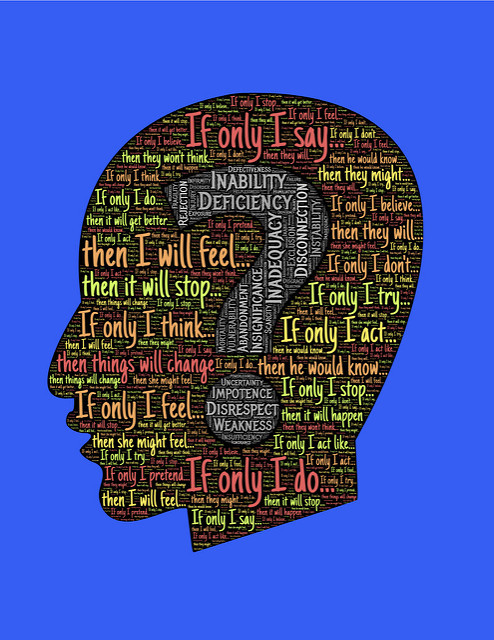One of the top reasons why people give up on meditation is the belief that their minds are too busy—therefore, it is not working for them.
Because meditation is (rightly) billed as a process of quieting our minds, there is a widespread misconception that it should result in still minds. And for most people, their actual experience is far from stillness.
It’s more common to experience a busy mind than a still one during meditation—and that’s okay. It doesn’t mean that we’re not doing it right, or that it’s not working. It happens because that’s simply the nature of our minds.
In meditation, we practice quieting our minds by giving it something very particular to focus on, like our breath or a mantra. Gradually, our minds quieten down until we do reach moments of stillness. In the stillness, stress that has been held in our bodies—which can be physical, mental, or emotional stress—is released.
Sometimes we have a conscious awareness of that release through a physical sensation, and sometimes we don’t. But regardless of whether we notice it physically or not, the release of stress is an activity in our bodies. And that activity will trigger an activity in our minds—a thought.
So, thoughts arise naturally during mediation as we release long-held stress. The practice requires us to notice that our minds have become busy once again and to bring our focus back to quieting them once more. We repeat this process continually for the duration of our sit.
Therefore, frequently noticing that our minds keep wandering off does not mean that we’re not meditating correctly—quite the opposite.
Whether or not our time sitting in meditation feels restful, it is offering our bodies and minds the opportunity to release what needs to go. It is a time of self-healing, and some people notice the healing effects more quickly than others. That depends on many factors, and it doesn’t help to compare our experiences with that of others.
The important thing is to be patient enough with ourselves and our own practice—and to continue doing it, even if the benefits aren’t immediately evident to us. The benefits accrue gradually, and with regular practice, they do begin to make themselves more apparent.
Noticing and releasing our thoughts is all part of the practice. Make your peace with that and trust the process.
Image: John Hain/Flickr
First published on elephantjournal.com
